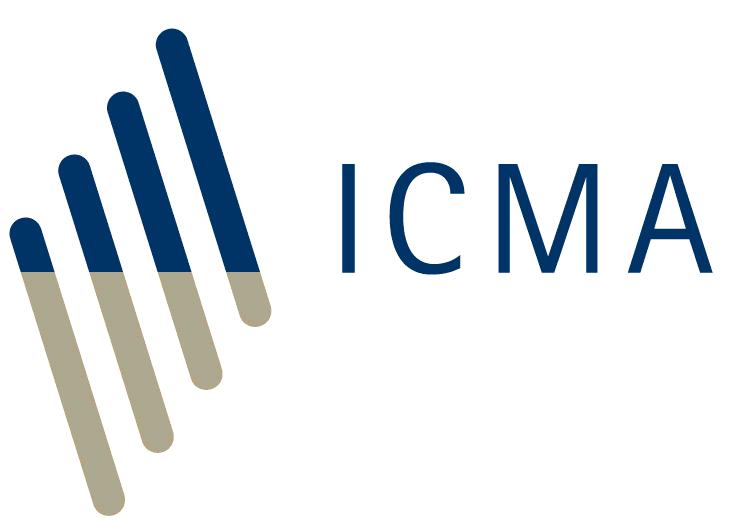If a borrower pledges collateral to a lender, legal title to the assets remains with the borrower, unless and until he defaults on the loan. As a result, the assets are said to have been encumbered by the legal interest in the assets given to the lender. This means that, in the event of a default by the borrower, his unsecured creditors cannot benefit from the liquidation of these assets.
The argument that repo encumbers assets is largely illusory. Consider a bank with assets of 10 in the form of bonds funded with liabilities in the form of 5 of equity and 5 of unsecured deposits. Assume the bank then repos out the bonds for cash of 10. On its balance sheet, it now has 20 of assets in the form of 10 of now encumbered bonds (as they have been repoed out) and 10 in cash. Against these assets, the bank has 20 of liabilities in the form of 5 of equity, 5 of unsecured deposits and 10 of repo debt. Assume the bank then uses the borrowed cash to buy 10 more in bonds, so that it still has 20 of assets but now in the form of 20 in bonds and 20 of liabilities in the same form as before. 10 of the bonds remain encumbered. In the event of a default by the bank, its 10 of repo debt would be netted off against the 10 in cash owed to the repo counterparty. This would leave the bank with the same 10 of assets (in the form of 10 unencumbered bonds) that it had at the start to cover the 5 of unsecured deposits. The bank’s unsecured depositors are as well protected as they were before the bank repoed out the bonds, even though the ratio of encumbered assets to total assets has risen from zero to 50%. The example is summarised in the table below.
| assets | liabilities | ratio of encumbered assets to total assets | ||||
| cash | bonds | of which: encumbered
|
equity | deposits | repo debt | |
| 10 | 5 | 5 | 0 | 0/10 = 0% | ||
| 10 | 10 | 10 | 5 | 5 | 10 | 10/20 = 50% |
| 20 | 10 | 5 | 5 | 10 | 10/20 = 50% | |
Those unfamiliar with repo are sometimes misled by its accounting treatment. Assets sold as collateral in a repo remain on the balance sheet of the seller, even though legal title to those assets has been transferred. This could give the appearance that the assets would be available to other creditors in the event of default. The collateral does not leave the balance sheet of the seller because he is committed to buy back the collateral at the original price plus repo interest, which means that the seller retains the risk and return on the collateral (if the market price of the collateral falls during the repo, the seller has to buy back at a loss, and vice versa). Balance sheets are intended to measure the economic substance of transactions, not the legal form. If collateral was moved off the balance sheet of the seller, it would disguise his leverage (this is what Lehman Brothers and MF Global did). Under International Financial Reporting Standards (IFRS), assets sold or pledged as collateral are kept on the balance sheet of the seller but are distinguished from other assets, so the situation is clearly explained to investors (see question 37).
The one occasion on which repos can really encumber assets is when there is a haircut or initial margin imposed on the collateral, as there is no cash received in exchange for those assets. In addition, potential variation margin calls can be seen as contingent asset encumbrance. However, this is a marginal encumbrance. Ironically, official proposals for a minimum mandatory haircut on collateral may make encumbrance a more material issue.
Back to Frequently Asked Questions on Repo contents page
<<< Previous page Next page >>>







